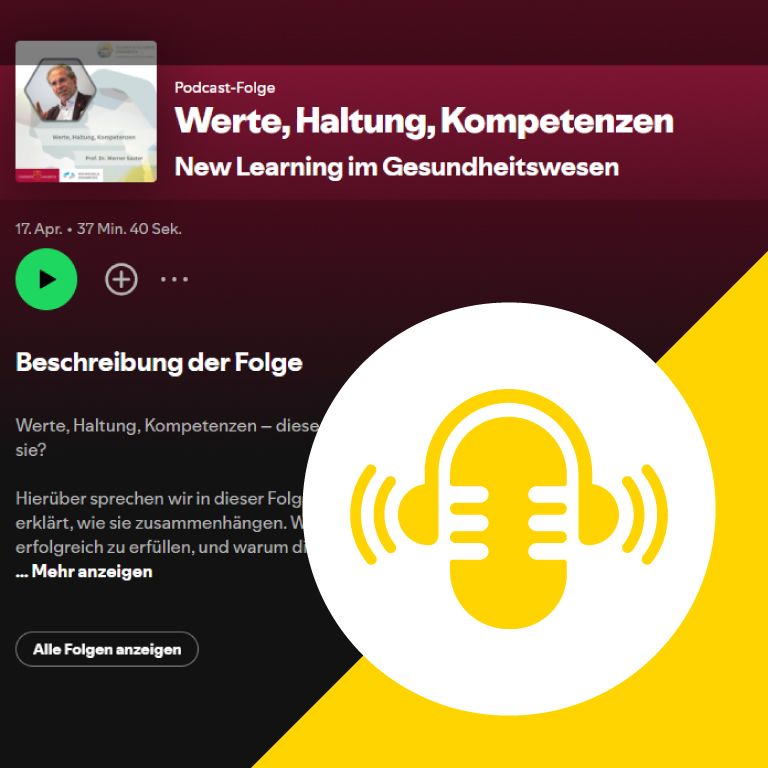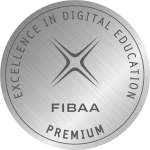Anyone working in the world of education has probably heard of EDUQUA certification and seen its logo on various signs, so it is part of the Swiss educational landscape. But what does it really mean and what does it represent for the training institute? Labels are sometimes thought to exist only to reinforce the company’s image in an electronic signature or next to the logo. These beliefs are unfounded in the case of EDUQUA, here is why…
From the outside, this certification represents a marketing asset, because it gives confidence on the one hand, and allows, on the other hand, to make accessible non-negligible markets, thanks to the participation in the financing of the training costs by the public institutions. The annual training voucher (CAF) in Geneva is an example of this.
Our company has started the certification procedure in September 2021, to obtain it in April 2022 after an audit in March. Internally, the procedure for obtaining a label has been an opportunity to question ourselves and to take a step back from our work processes in order to optimize them. The 6 standards for a total of 22 criteria forced us to take a step back and look at ourselves. The standards and criteria question topics such as the training offer, the internal quality control processes and the evaluation methods.
The certification work is done in teams and touches on different areas of the institute, which encourages multidisciplinary work. In addition to the documents to be provided, a self-assessment to be filled in allows the assessment to be carried out. After an initial contact with EDQUA, the work can begin. It will take several months to complete the process, which will ultimately lead to a complete inventory of the situation. The process ends with a face-to-face audit with constructive feedback that highlights areas for improvement.
The process does not end there, since a follow-up of certain minor non-conformities will be carried out. EDUQUA thus allows for continuous improvement.
Like any young company, we initially focused on production and less on process analysis. This is why EDUQUA has been a valuable springboard for setting up quality management processes, based in particular on a concept known as the PDCA cycle or Demming wheel (Deming, 1950). This concept can be broken down into four phases:
1. Plan, which means to plan
2. Do which means to do
3. Check which means to verify
4. Act, which means to act
This tool, which can be adapted to any company or institute, allows Swiss Connect Academy to evolve towards its objectives while controlling the results and consequences. The work done for the certification has really allowed the teams to get used to working in this way. Like the PDCA cycle, certification does not stop once it is achieved, but requires continuous work.
One example of the application of the PDCA cycle is the participation in satisfaction surveys with our participants. Until recently, the surveys were conducted on our e-learning platform. This was to allow participants to complete the surveys whenever they wanted. However, we were not satisfied with the participation rate and have been thinking about possible changes.
Plan: We planned to maintain the hosting of the surveys on our platform in order to have access to the already digitized data, but we decided to plan time for the participants to answer them during face-to-face training days. This way, there is no risk of forgetting.
Do (current stage): The trainers have been informed and the schedule for the face-to-face days has been adjusted.
Check: We have defined a SMART objective regarding the participation rate, which will allow us to measure whether the new measure allows us to reach the objective or not.
Act: Depending on whether or not the target is reached, the measure will be modified or applied systematically.
In conclusion, for Swiss Connect Academy, the benefits of EDUQUA certification did not stop at a gain in terms of image and access to new markets or new collaborations. Beyond that, it has started a real movement in quality management and control, with changes in the way we collaborate and the adoption of new tools to measure progress.
Sources
Deming, W.E. 1950. Elementary Principles of the Statistical Control of Quality, JUSE









